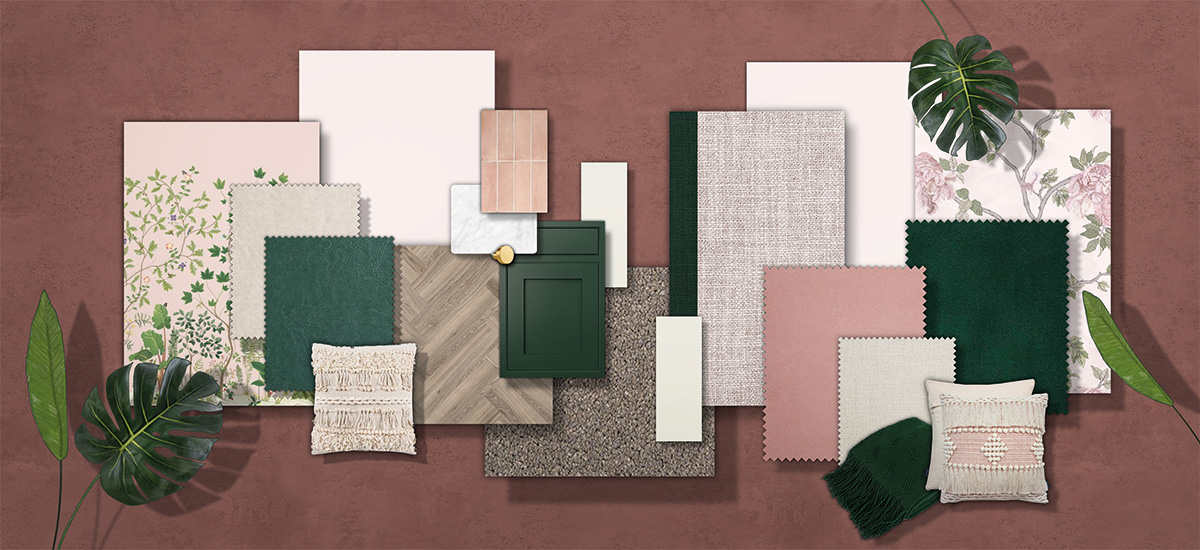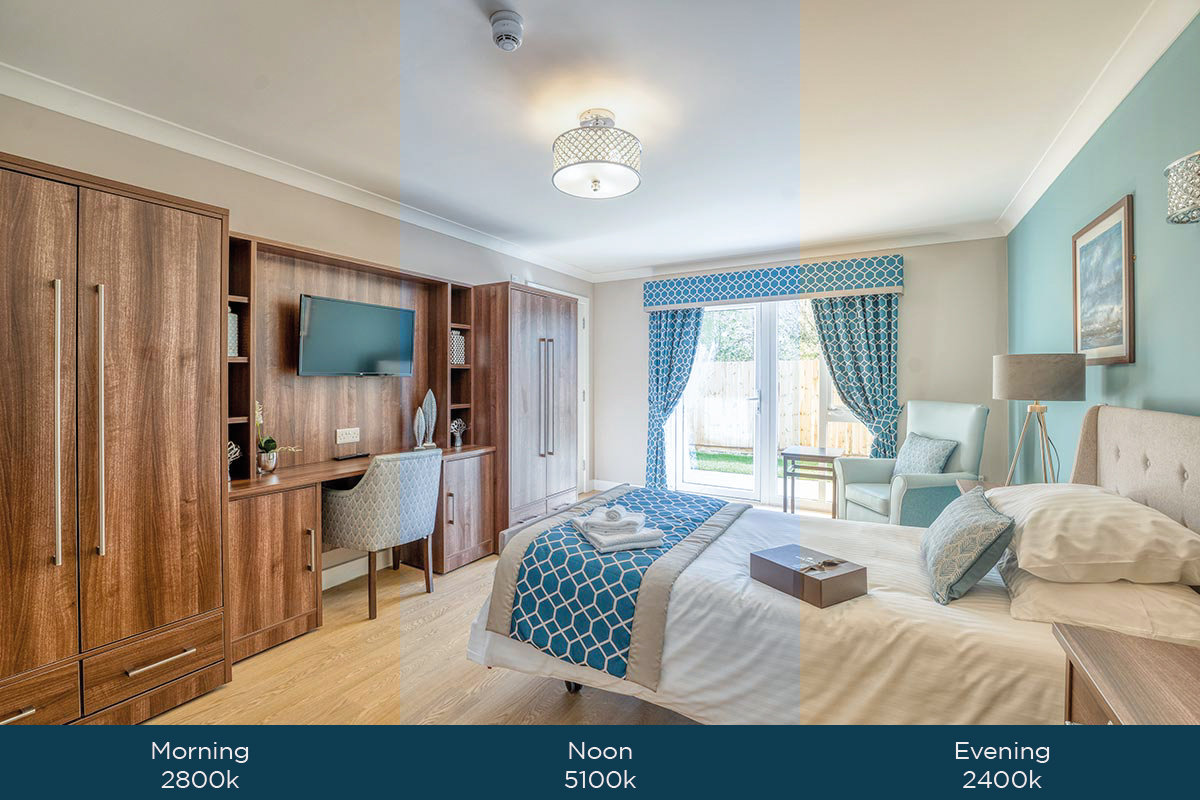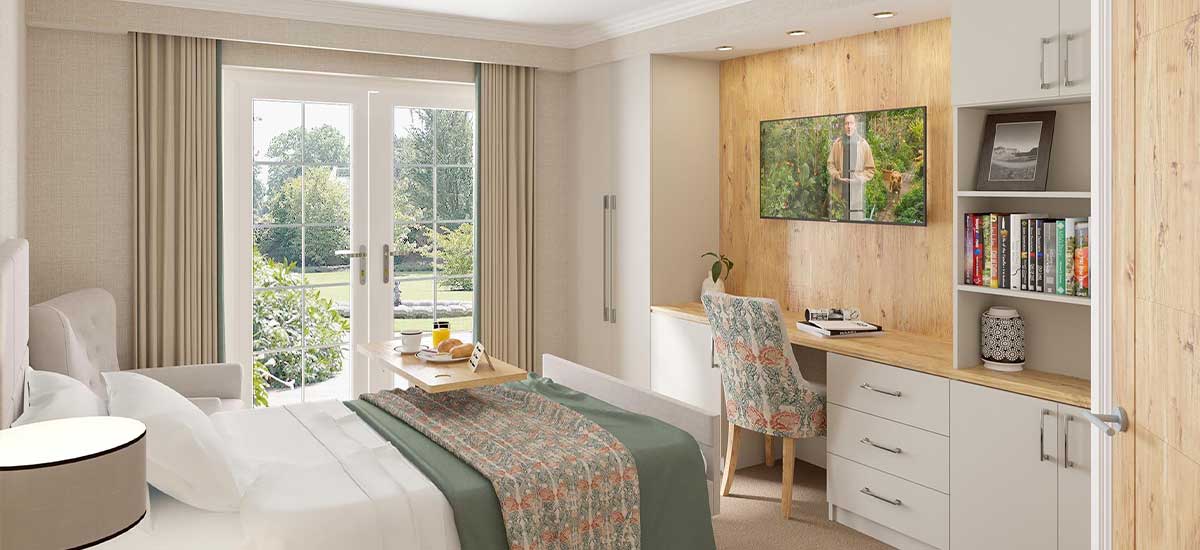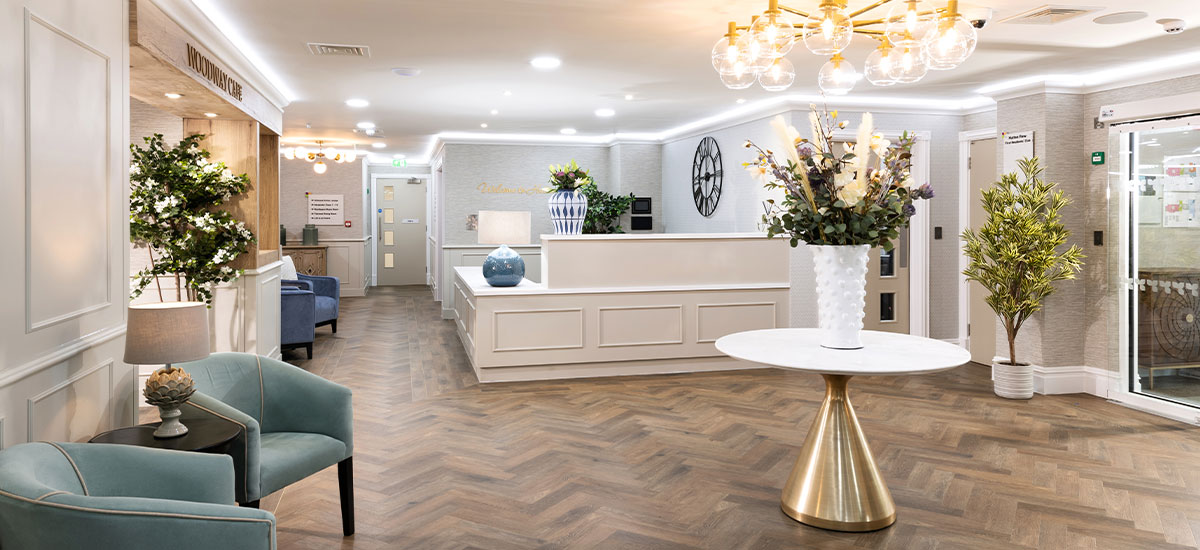We use cookies to make your experience better. To comply with the new e-Privacy directive, we need to ask for your consent to set the cookies. Learn more.
Enhancing Care Home Design: Embracing the Latest Trends
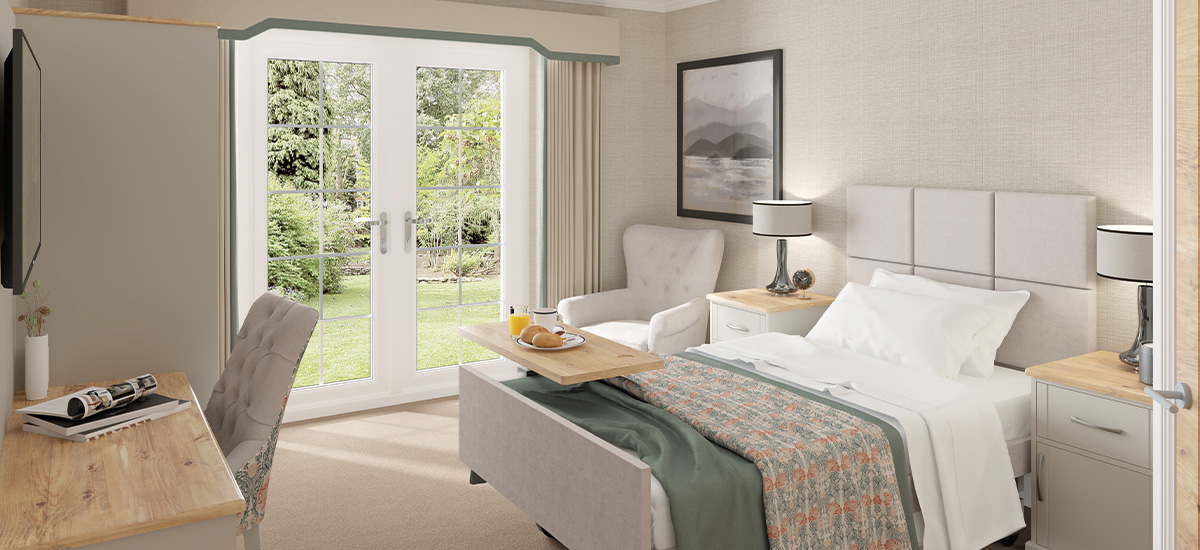
The landscape of care home design has witnessed a significant transformation in recent years. Gone are the days of sterile, institutional buildings with cramped rooms and monotonous corridors.
Today, care homes are embracing innovative approaches to create homelike, comfortable, and stimulating environments for their residents. In this article, we will explore the latest trends in care home design and the numerous benefits they offer to residents, staff, and families.
Biophilic Design: Connecting with Nature
Biophilic design, an emerging trend in care home design, seeks to integrate natural elements into the built environment. Incorporating features like plants, abundant natural light, and captivating views of the outdoors, this approach has proven benefits for residents and staff. Studies show that biophilic design reduces stress levels, enhances mood, and improves cognitive function among residents. By bringing nature indoors, care homes can create a soothing and refreshing atmosphere that promotes overall well-being.
Person-Centered Design: Tailoring Spaces to Individual Needs
Person-centered design places the individual needs and preferences of residents at the forefront. By creating a living environment that accommodates the unique physical abilities, cognitive capabilities, and interests of each resident, care homes foster a sense of belonging and enhance quality of life. Whether it's adapting spaces for mobility or incorporating areas of personal interest, person-centered design encourages autonomy and empowers residents to thrive within their living spaces.
Technological Integration: Enhancing Safety and Connectivity
Technology is playing an increasingly vital role in modern care home design. From bolstering safety and security to facilitating seamless communication, technological advancements have revolutionized the care home experience. Implementing sensors to monitor residents' movements and activities enhances safety while respecting their privacy. Furthermore, video conferencing platforms enable residents to stay connected with their loved ones, promoting emotional well-being and reducing feelings of isolation.
Sustainable Practices: Creating Eco-Friendly Environments
The importance of sustainability is growing within care home design. With a focus on energy efficiency and environmental responsibility, care homes are adopting sustainable practices. Utilizing eco-friendly materials, installing solar panels for renewable energy, and implementing water conservation measures all contribute to a greener and more sustainable future. By embracing sustainability, care homes demonstrate their commitment to reducing their ecological footprint and creating healthier environments for residents.
The Benefits of the Latest Care Home Design Trends
Enhanced Quality of Life
By adopting the latest design trends, care homes can significantly improve the quality of life for residents. The shift towards homelike, comfortable, and stimulating environments fosters a sense of belonging and contentment among residents.
Reduced Stress and Anxiety
Incorporating elements of biophilic design can help reduce stress and anxiety levels among residents. The presence of natural elements, such as plants and ample natural light, promotes relaxation, uplifts mood, and creates a soothing atmosphere.
Improved Cognitive Function
Care home designs that prioritize access to natural light and outdoor views positively impact cognitive function. Residents benefit from improved memory, concentration, and overall cognitive abilities, allowing them to engage more fully in daily activities.
Increased Social Interaction
By creating communal spaces that encourage socialization and interaction, care homes foster a sense of community and friendship. This, in turn, combats feelings of loneliness and isolation, leading to improved mental well-being and overall happiness.
Enhanced Family Involvement
Through the integration of technology, care homes can strengthen family involvement and engagement. Video conferencing platforms and other communication tools enable residents to connect with their families and friends, regardless of physical distance. This helps maintain meaningful relationships and provides a sense of comfort and support to both residents and their loved ones.
The latest trends in care home design reflect a paradigm shift towards creating environments that prioritize the well-being and happiness of residents. Biophilic design, person-centered approaches, technological integration, and sustainability practices have revolutionized the care home experience, offering numerous benefits to residents, staff, and families. By embracing these trends, care homes can provide a nurturing and empowering environment that promotes a higher quality of life, reduces stress, enhances cognitive function, fosters social interaction, and strengthens family involvement. By staying at the forefront of innovative design principles, care homes can continue to evolve and meet the evolving needs of their residents, ensuring their well-being and happiness for years to come.

